The digital marketplace is filled with noise. From pop-up ads to promotional emails, businesses are constantly fighting for consumer attention. But, what if there was a more efficient, customer-centric way to convert prospects into loyal customers? This is where an inbound conversion funnel comes into play.
An Inbound Conversion Funnel is a systematic, customer-centric approach to turning strangers into not only customers but promoters of your brand. It involves understanding the customer’s journey and creating a strategy that caters to their needs at each stage of the funnel.
Having an effective funnel is of utmost importance in digital marketing. It provides structure to your marketing strategy and allows you to nurture leads effectively, ensuring a higher return on investment (ROI).
It’s about attracting the right audience, converting them into leads, closing the deal, and delighting them post-purchase. But, how exactly can you build a high-converting inbound funnel? That’s what we’ll be exploring in this in-depth guide.
Understanding the Inbound Marketing Methodology
Inbound marketing is a strategy that focuses on attracting customers through relevant and helpful content, adding value at every stage of your customer’s buying journey. Instead of the old outbound marketing methods of buying ads and hoping for leads, inbound marketing forms connections your audience is seeking and solves problems they already have.

Inbound marketing revolves around the philosophy of ‘attract, engage, and delight’. It aims to create brand loyalty by providing value, empowering customers, and offering more personalized, relevant content and experiences.
This methodology is closely related to the concept of conversion funnels.
An Inbound Conversion Funnel, built on the foundation of inbound marketing, maps the customer’s journey from the first point of contact through to the final purchase decision. It’s a customer-focused approach that nurtures leads through the funnel, providing them with the right content and experience at the right time.
For a deep understanding of the various methods of conversion rate optimization, you can refer to our comprehensive guide here.
That’s just the start. Now let’s break down the stages of an inbound conversion funnel.
Stages of an Inbound Conversion Funnel
The inbound conversion funnel is a strategic framework that delineates the customer’s journey, from the initial interaction with your brand to the final purchase.
It is divided into four primary stages: Awareness, Consideration, Decision, and Delight. Each stage requires a different approach and unique set of tactics. Here’s a detailed look at each of these stages:
Awareness Stage

Definition and Purpose
The Awareness stage, also known as the top of the funnel, is the point at which potential customers first encounter your brand. They might discover you through a search engine result, social media post, blog article, or word of mouth. The primary purpose of this stage is to generate awareness about your brand and the solutions you provide.
Tactics for Attracting Visitors at the Awareness Stage
Attracting visitors at the awareness stage involves producing high-quality, valuable content that answers questions, solves problems, or fulfills a need. This could be blog posts, videos, infographics, social media posts, and other forms of content that are optimized for SEO to enhance visibility on search engines.
Paid advertising on social media platforms and Google Adwords can also be employed to increase reach. Other tactics include social media marketing, influencer partnerships, and public relations efforts.
Measuring Success in the Awareness Stage
Key performance indicators (KPIs) for the awareness stage could include website traffic, social media reach, impressions, number of new followers or subscribers, and engagement rates. These metrics help you understand the visibility of your brand and the effectiveness of your awareness efforts.
Consideration Stage
Understanding the Consideration Stage
At the Consideration stage, also known as the middle of the funnel, potential customers are aware of their problem and are actively searching for solutions. They’re evaluating different options and trying to determine which one will best meet their needs.
Tactics for Nurturing Leads at this Stage
During the consideration stage, the goal is to nurture leads by providing more detailed and specific content that showcases your expertise and the benefits of your solutions. This could be through webinars, case studies, whitepapers, or comparison guides.
Email marketing is a powerful tool at this stage, allowing you to deliver targeted content straight to the lead’s inbox. Personalization plays a crucial role here as it enhances relevance and engagement.
Metrics for Consideration Stage Success
Metrics to assess the effectiveness of the consideration stage include email open rates, click-through rates, content download rates, time spent on your website, and progression of leads to the next stage of the funnel.
Decision Stage
Role of the Decision Stage in a Conversion Funnel
The Decision stage, the bottom of the funnel, is the point at which leads are ready to make a purchase decision. They have all the necessary information and are comparing your offering with competitors.
Techniques for Converting Leads into Customers
To convert leads into customers at this stage, you need to offer proof of your product or service’s value. This could be through testimonials, reviews, case studies, or a free trial.
Sales offers like discounts, bonuses, or limited-time offers can provide the final push needed for the lead to commit. Additionally, personalized consultations, demonstrations, or a strong sales pitch can also help seal the deal.
Metrics to Measure Decision Stage Effectiveness
Metrics to consider at this stage include sales conversion rates, the average time it takes for a lead to convert, and the average cost per conversion.
Delight Stage
Importance of Post-Purchase Engagement
The Delight stage is often overlooked but is vital for customer retention and advocacy. Post-purchase engagement aims to provide continued value to the customer, ensuring they are happy with their purchase and increasing the chances of them becoming repeat customers and advocates for your brand.
Strategies for Customer Retention and Advocacy
Strategies for the Delight stage include follow-up emails, customer surveys, loyalty programs, referral incentives, and providing premium content or exclusive offers. Providing excellent customer service is also critical at this stage to address any issues or concerns promptly and efficiently.
Metrics to Evaluate the Success of the Delight Stage
Key metrics for the Delight stage include repeat purchase rates, customer lifetime value (CLV), Net Promoter Score (NPS), customer satisfaction scores (CSAT), and customer churn rates. These indicators will help you understand the success of your post-purchase engagement efforts and identify areas for improvement.
Understanding the stages of the inbound conversion funnel and employing appropriate tactics at each stage can dramatically enhance your marketing strategy, ultimately driving growth and profitability. By treating the customer journey as a holistic process, businesses can foster stronger relationships, improve customer satisfaction, and achieve sustainable success.
Building Personas for Inbound Marketing
Personas are fictional, generalized representations of your ideal customers. They help you understand your audience better, making it easier to tailor your content, product development, sales strategies, and services to the specific needs, behaviors, and concerns of different groups.
In the realm of inbound marketing, creating and using buyer personas is not an option—it’s a necessity.
Let’s dive into this concept further.
Importance of Buyer Personas in Inbound Marketing
Buyer personas are an essential element of a successful inbound marketing strategy. They serve as the foundation for everything you do, from content creation and SEO to sales follow-up. Here’s why:
- Better Understanding of Customer Needs: By creating detailed buyer personas, you gain insights into what your customers need, their pain points, and their decision-making process. This enables you to tailor your product or service to meet those needs effectively.
- More Targeted Marketing: With buyer personas, you can develop more targeted marketing strategies. You’ll know where your customers spend their time online, what kind of content they prefer, and how they like to engage with brands. This ensures that your marketing efforts aren’t wasted on people who aren’t interested in what you’re offering.
- Enhanced Product Development: When you understand your customers at a granular level, you can develop or adjust your products to align better with their needs, wants, and preferences, ensuring a higher rate of customer satisfaction.
- Improved Sales Alignment: Sales teams can use buyer personas to better understand the prospects they’re engaging with. This helps them tailor their communication and approach to fit the prospect’s unique context.
Process for Creating Detailed Buyer Personas
Developing buyer personas involves research, surveys, and interviews with a mix of customers, prospects, and those outside your contact list who might align with your target audience. Here’s a step-by-step process:
- Research Your Target Market: This includes demographics, behavior patterns, motivations, and goals. You can use online market research tools, social media analytics, Google Analytics, and more.
- Conduct Surveys and Interviews: Get insights directly from your customers and prospects through surveys and interviews. Ask them about their experience with your product, their pain points, and what they value in a solution.
- Segment Your Audience: Based on your research, divide your audience into distinct groups. For instance, you may segment by industry for B2B companies or by lifestyle for B2C companies.
- Create Detailed Personas: For each segment, create a detailed persona that includes demographic information, motivations, pain points, preferred channels of communication, and buying behavior.
- Review and Refine: Over time, continue to refine your personas based on customer feedback, changes in the market, or shifts in your business strategy.
Applying Personas to the Conversion Funnel
Applying buyer personas to your inbound conversion funnel can help streamline your strategies at each stage of the buyer’s journey. Here’s how:
- Awareness Stage: At this stage, your content should aim to answer the questions and challenges that your personas are trying to solve. This helps attract the right visitors to your site.
- Consideration Stage: Now that you’ve attracted the right audience, offer content that specifically helps your personas evaluate their options. This can involve detailed product comparisons, case studies, and eBooks.
- Decision Stage: At this point, your personas are ready to buy. Use testimonials, free trials, and product demos to show that your solution is the best choice.
- Delight Stage: Post-purchase, continue to engage with your personas through tailored content, loyalty programs, and responsive customer service.
By integrating buyer personas into each stage of your inbound conversion funnel, you can create more personalized experiences that nurture leads effectively, convert them into customers, and turn customers into advocates.
This customer-centric approach is what makes inbound marketing such a powerful strategy for sustainable business growth.
Content Creation for Each Stage of the Funnel

In inbound marketing, content is the bridge that leads prospects from one stage of the funnel to the next. It’s about providing the right information at the right time, nudging them further down the funnel.
Content Strategies for the Awareness Stage
In the Awareness stage, your prospect has just realized they have a problem or a need. The goal here is to educate them, not sell to them. You can create blog posts, social media content, infographics, videos, or podcasts that provide helpful information about the problem at hand.
Content Strategies for the Consideration Stage
In the Consideration stage, your prospect is actively looking for solutions to their problem. This is your opportunity to position your brand as a leading authority on the topic. Webinars, eBooks, whitepapers, and case studies can be great ways to deliver value at this stage.
Content Strategies for the Decision Stage
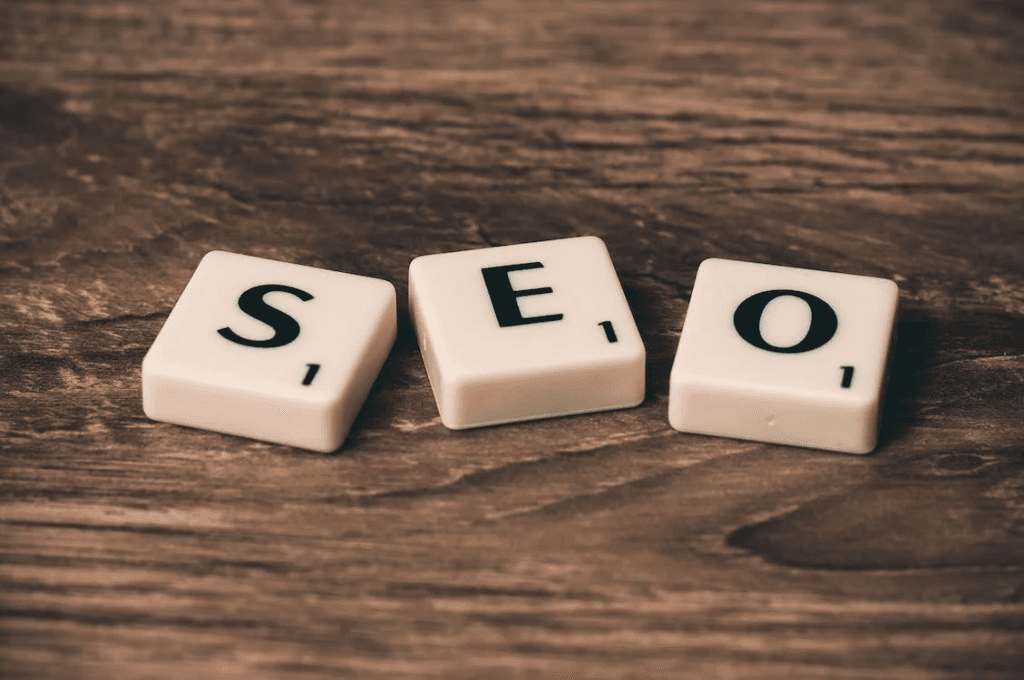
At the Decision stage, your prospect is ready to make a purchase decision. You need to convince them that your product or service is the best choice. Product demos, free trials, customer testimonials, and detailed product information can be effective at this stage.
Content Strategies for the Delight Stage
The Delight stage is often overlooked but it’s a crucial part of the inbound methodology. Even after a prospect becomes a customer, you need to continue providing value. This can help turn customers into brand advocates. User guides, newsletters, social media engagement, and customer feedback surveys are useful at this stage.
Lead Nurturing and Conversion Techniques
Once you’ve attracted the right visitors to your site, the next step is to convert those visitors into leads by gathering their contact information. At the very least, this usually means getting their email addresses.
Of course, this isn’t as easy as it sounds.
To compel them to give you their contact info, you need to offer something in return. This is where lead nurturing techniques come into play.
What is Lead Nurturing?

Lead nurturing is the process of developing relationships with buyers at every stage of the sales funnel, and through every step of the buyer’s journey. It focuses marketing and communication efforts on listening to the needs of prospects and providing the information and answers they need.
Techniques for Nurturing Leads through the Funnel
Lead nurturing techniques involve targeted content, multi-channel nurturing, follow-ups, personalized emails, and more. The goal is to provide the right content at the right time, pushing the prospect further down the funnel.
Using Email Marketing for Lead Nurturing
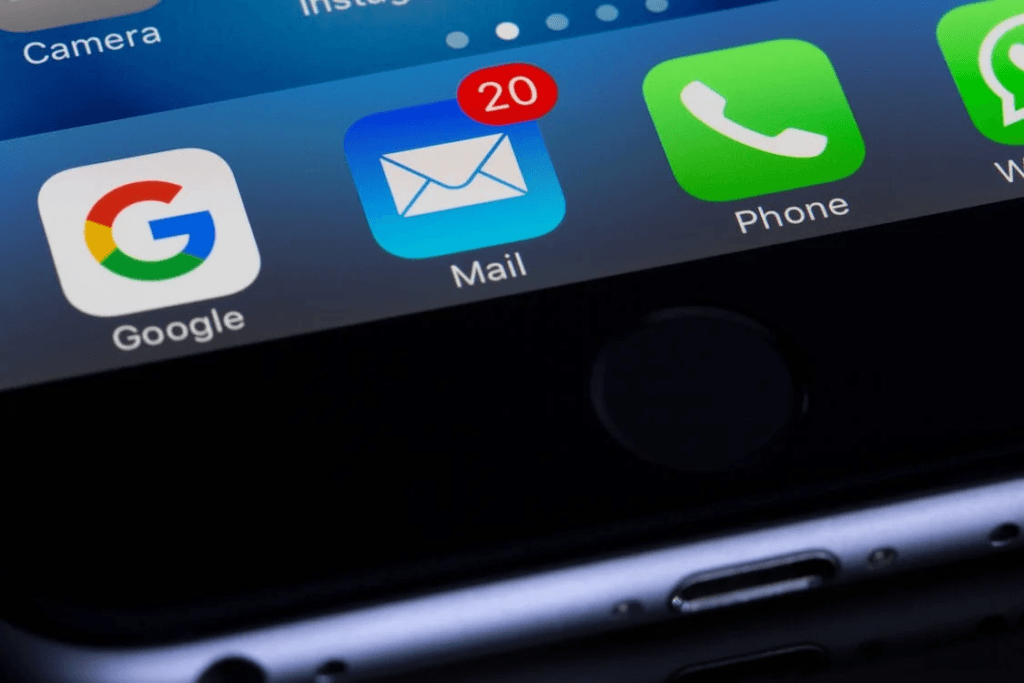
Email marketing is a crucial part of lead nurturing. It allows for regular contact points and personalized content. This could include a welcome series for new subscribers, product recommendations based on browsing behavior, reminders to repurchase items or check out items left in the shopping cart, or educational content series.
Role of CRM Systems in Lead Nurturing and Conversion
CRM (Customer Relationship Management) systems play a crucial role in lead nurturing and conversion. They help manage and analyze customer interactions and data throughout the customer lifecycle, improving customer service relationships and assisting in customer retention.
CRMs can track every interaction a lead has with your company, giving your team insight into where each lead is in the conversion funnel and how best to engage them.
Monitoring and Optimizing the Inbound Conversion Funnel
Once your inbound conversion funnel is established, the work doesn’t stop there. Regular monitoring and optimization are key to ensuring its continued effectiveness. This process is crucial in understanding what works, what doesn’t, and where opportunities for improvement lie.
Importance of Regular Monitoring and Optimization
Regular monitoring and optimization help identify bottlenecks in the funnel, understand customer behavior, improve conversion rates, and ultimately increase ROI.
By consistently evaluating your funnel’s performance, you can identify trends, make data-driven decisions, and continue to refine your strategy over time.
Tools for Tracking Funnel Performance
There are many tools available that can help track the performance of your inbound conversion funnel. Google Analytics is one of the most popular ones, providing a wealth of data on visitor behavior. CRM systems can also provide valuable insights, tracking interactions across the customer journey.
Other tools like heatmaps, session recording software, and A/B testing platforms can offer a more detailed look at user behavior, revealing what content is working and what isn’t. This allows for precise, targeted optimization efforts.
Identifying and Addressing Funnel Leaks
Despite your best efforts, not every visitor will move smoothly from one stage of the funnel to the next. These drop-off points, known as “funnel leaks,” are areas where potential customers leave the funnel before converting.
Identifying these leaks requires careful analysis of your tracking data. You may find, for example, that many users abandon their shopping carts, suggesting a problem in the Decision stage of your funnel. Once a leak is identified, you can take steps to address it, whether by streamlining the checkout process, offering more payment options, or other strategies.
Techniques for Continuous Funnel Optimization
Continuous funnel optimization involves making regular, iterative changes to your funnel strategy based on the data you’ve collected. This could involve tweaking the wording of a call-to-action, redesigning a landing page, or refining your content strategy.
The key is to make these changes based on actual data, not just gut feelings. By doing so, you ensure that your optimization efforts are focused and effective.
Results and Key Learnings

After implementing the inbound conversion funnel, Healthy U saw a considerable improvement in their conversion rate, nearly doubling in six months. They also saw an increase in repeat customers, indicative of successful post-purchase engagement.
The key takeaway from Healthy U’s experience is the importance of understanding your customer and tailoring your approach accordingly. By focusing on providing value at each stage of the buyer’s journey, you can guide potential customers towards a purchase and beyond, fostering long-term relationships.
Wrapping Up
This article aimed to provide a comprehensive guide on creating an effective inbound conversion funnel. The inbound conversion funnel isn’t just a marketing tool, but a roadmap for customer acquisition and retention.
Start by understanding your customer, represented through well-crafted buyer personas. Create relevant content for each stage of the funnel, attract potential customers, nurture leads, and foster customer relationships even after the sale.
Monitor and optimize your funnel regularly, identifying and addressing any leaks, and keep refining your strategy based on insights from data. And remember, this isn’t a one-time process. An effective inbound conversion funnel requires ongoing effort, adaptation, and refinement.
Embark on your journey with this roadmap, and you’ll be well on your way to creating an effective inbound conversion funnel, enhancing your customer relationships, and ultimately driving growth for your business. Keep learning, keep refining, and keep growing. Good luck!
Read Next:
- Best Financial Planning Software for Businesses: An In-Depth Guide
- 21+ Ways Chatbots can Skyrocket Lead Generation and Conversions
- What is Bootstrapping and how to do it
- What are Advisory Shares – A Deep Dive (US Law)



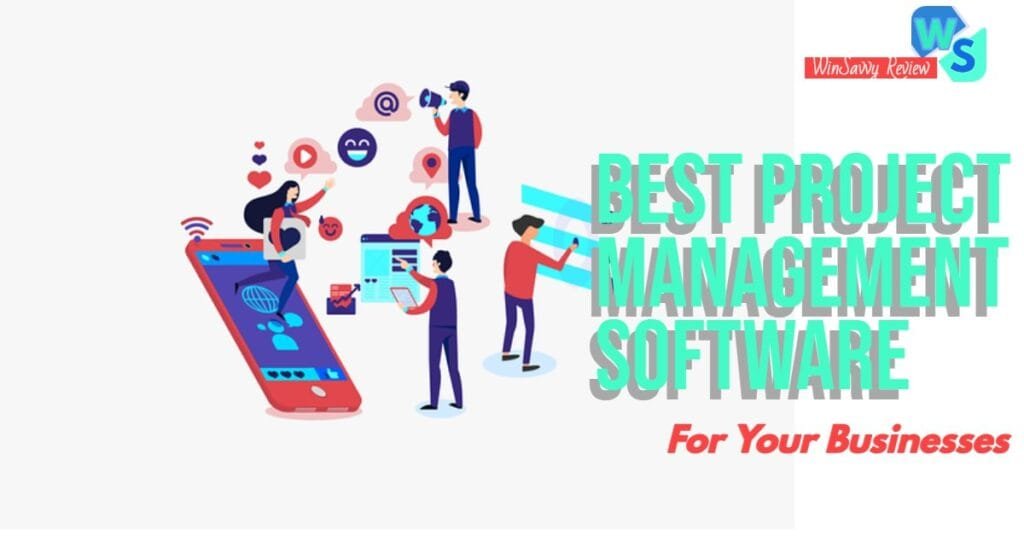

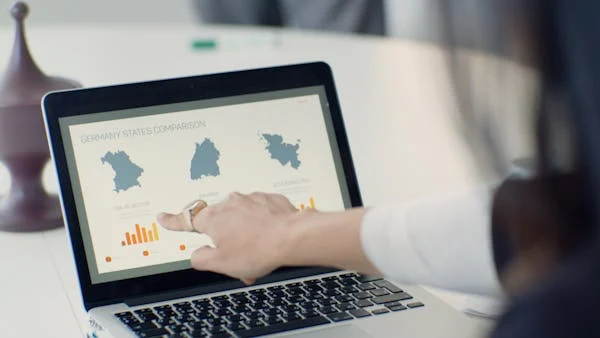








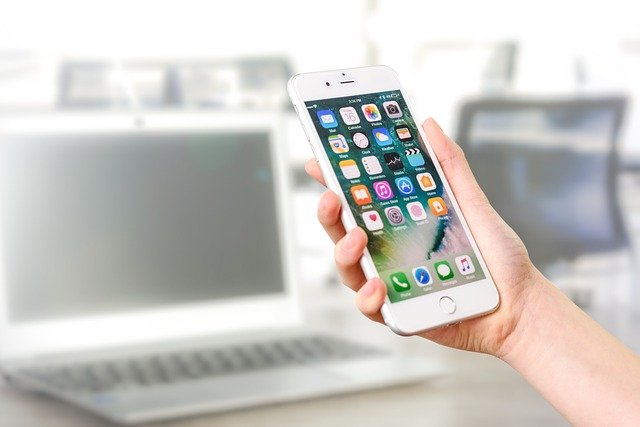


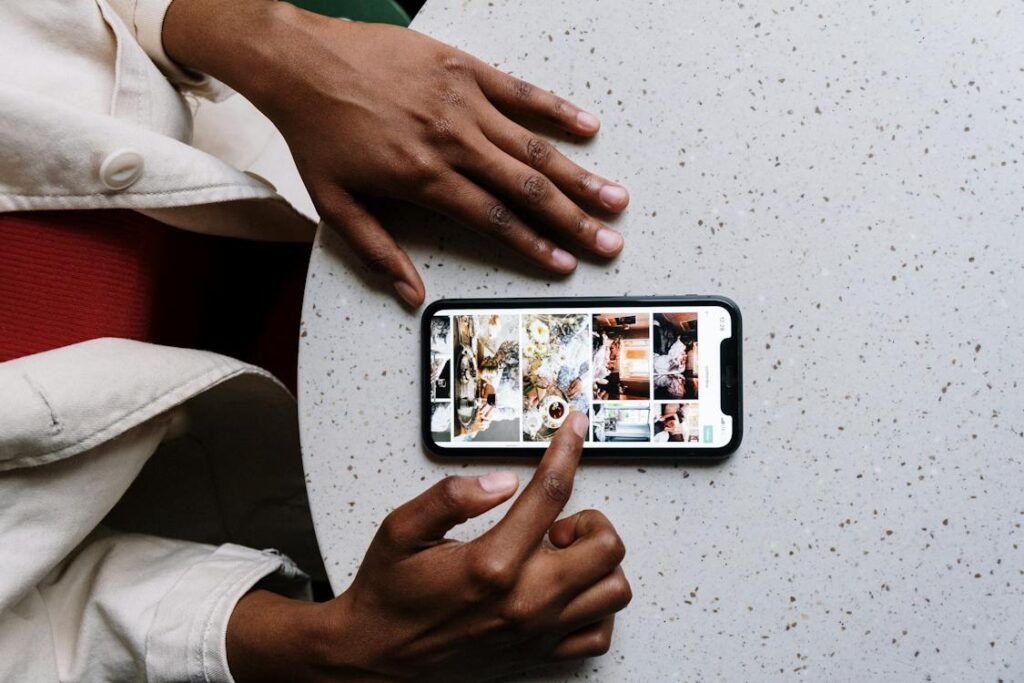
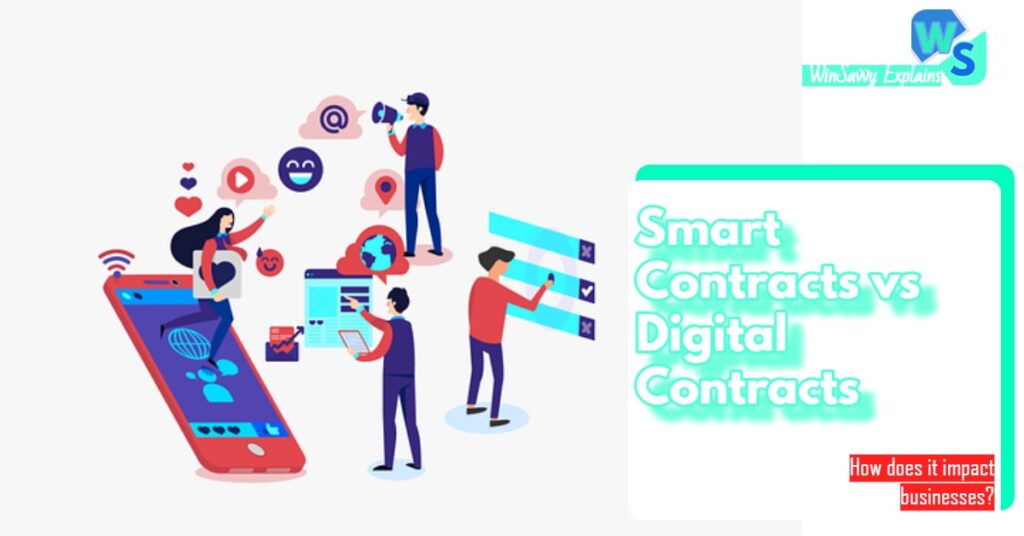



Comments are closed.